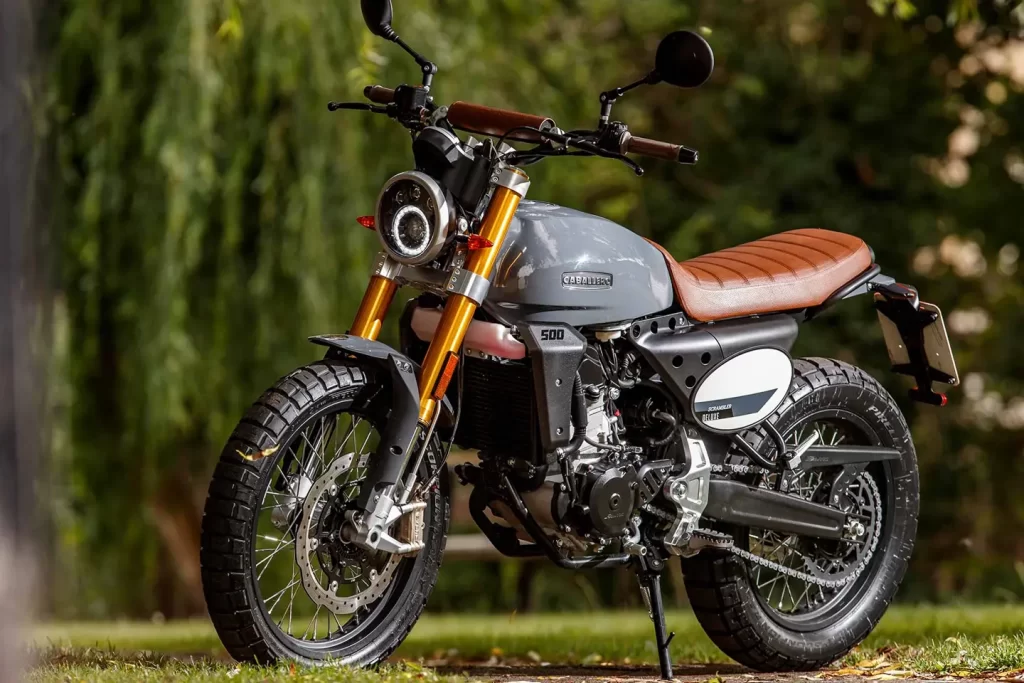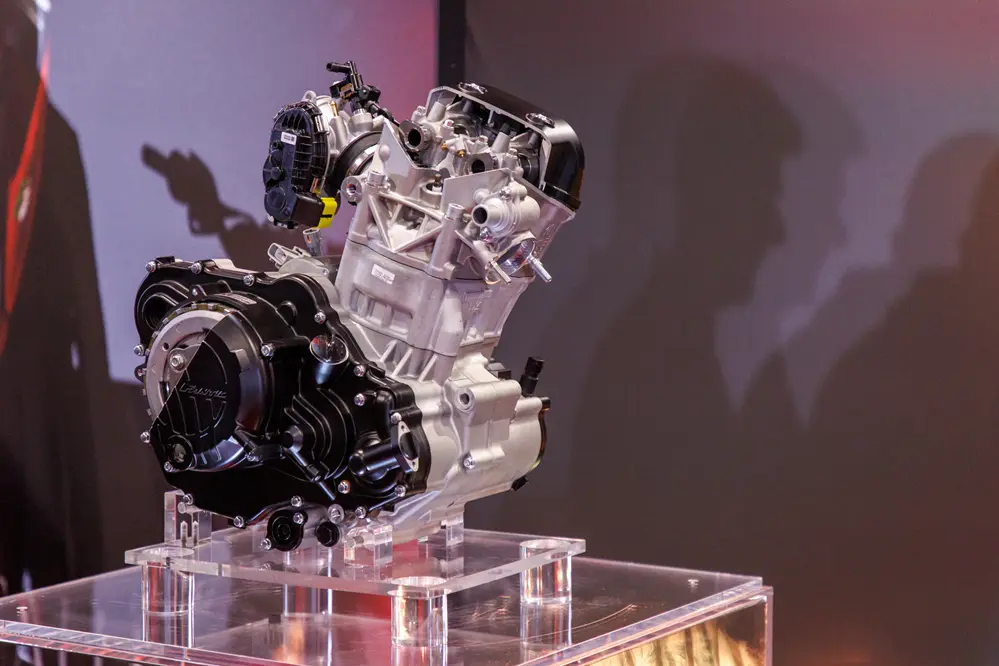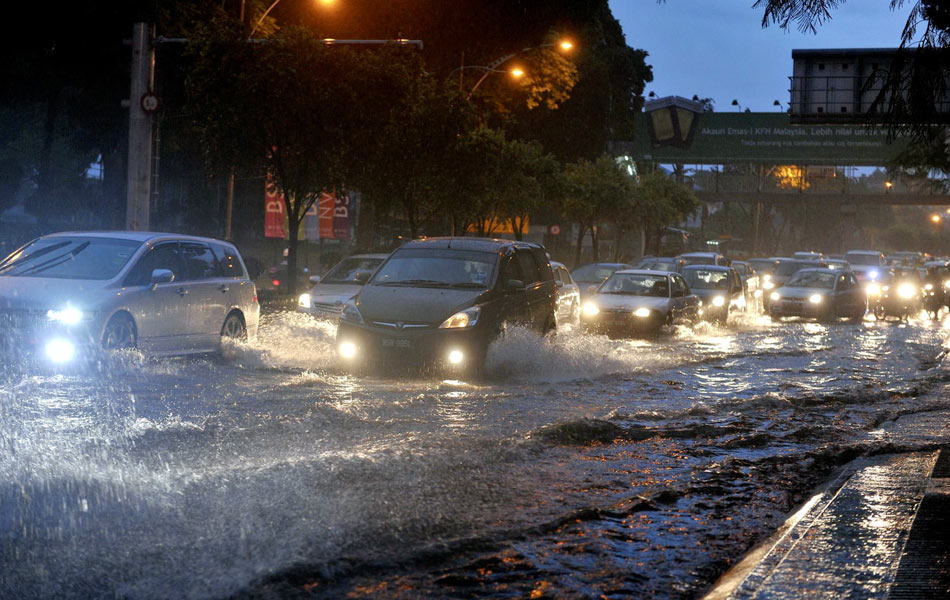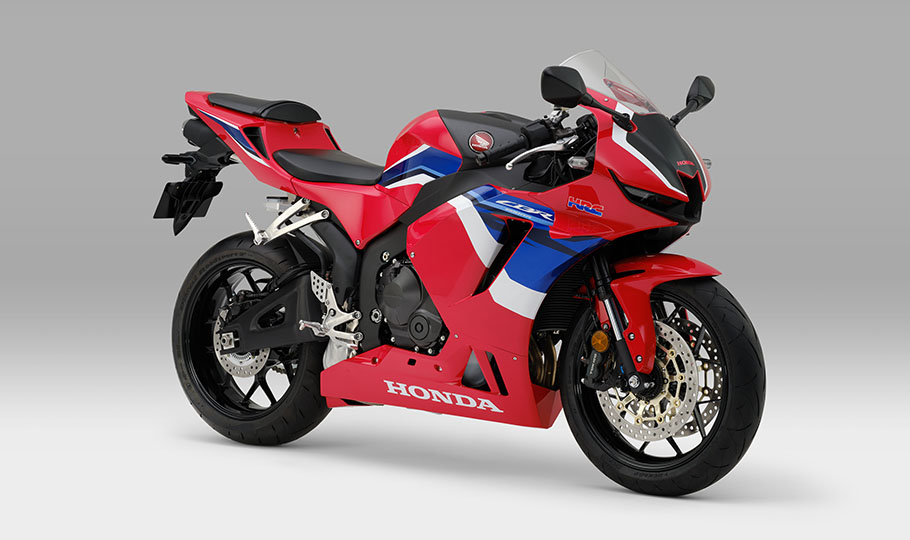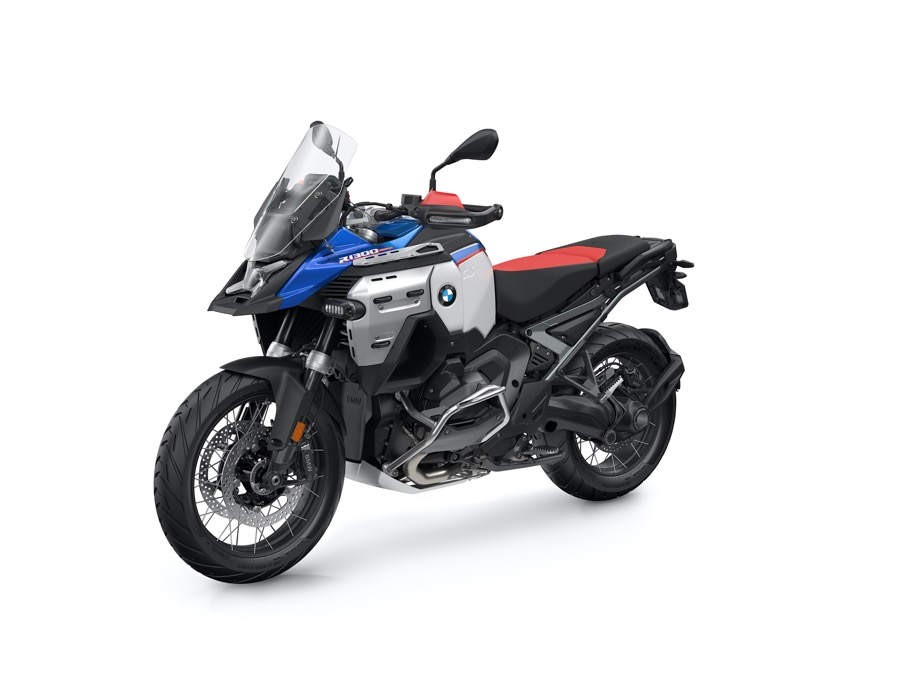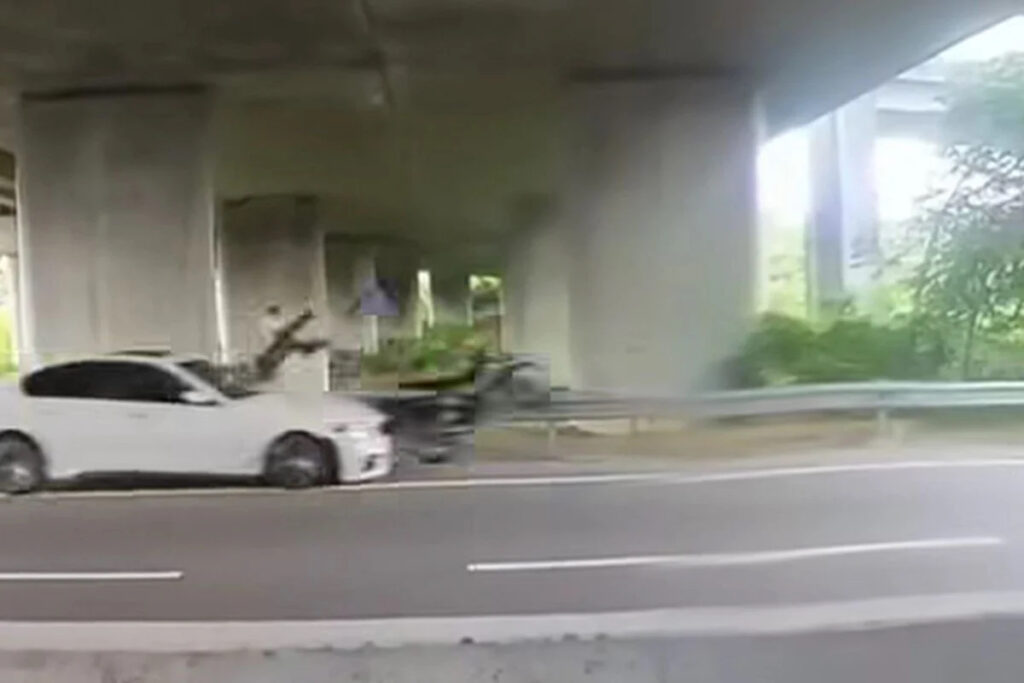The 32.1KM to 33.2KM (kilometre) stretch on the North-South Expressway between Jitra and Hutan Kampung has been reopened today.
The North-South Expressway Corporation (PLUS) Malaysia announced in a post on its Facebook page that the right lanes for both directions have been reopened for traffic. However, the left lanes for both directions are still closed due to flooding.
Northbound vehicles were diverted off the highway via the Alor Setar North Interchange and re-entered the highway via the Jitra South Interchange, during the closure of the route.
Several states in Peninsular Malaysia such as Perlis, Kedah, Kelantan, Pahang, Melaka have experienced severe flooding since last week following the arrival of the Northeast Monsoon. The massive flooding has seen more than 300,000 residents in the affected states temporarily evacuated. More and more flood victims have been allowed to return to their homes, but the Malaysian Meteorological Department (MetMalaysia) has issued a warning of a monsoon surge expected to occur next week.
MetMalaysia Issues Monsoon Surge Warning from 8 to 14 December



